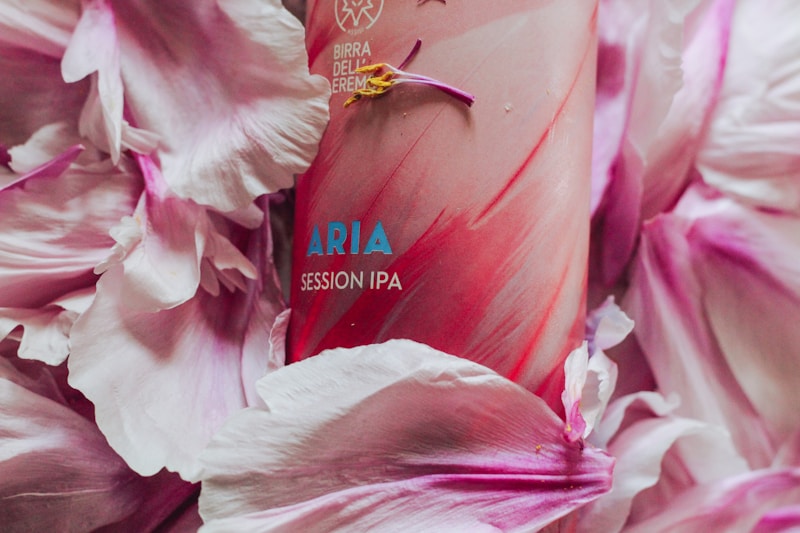Making the Most of Your Fitting Session: A Comprehensive Guide
Introduction
When it comes to fashion, the fitting session is perhaps one of the most critical steps in creating the perfect ensemble. Whether you're gearing up for a wedding, a job interview, or just a day out, the right fit can make all the difference. In this article, we'll explore how to make the most of your fitting session, ensuring that you leave with an outfit that not only looks great but also feels comfortable. From understanding your measurements to knowing what to bring, we've got you covered.
Understanding Your Measurements
Before heading to your fitting session, it's essential to understand your body measurements. Knowing your size will help you communicate effectively with the tailor and ensure a better fit. Here are key measurements to consider:
| Measurement | How to Measure |
| Chest | Measure around the fullest part of your chest while keeping the tape snug but not tight. |
| Waist | Measure around the narrowest part of your waist, generally above the belly button. |
| Hips | Measure around the fullest part of your hips. |
| Inseam | Measure from the top of your inner thigh down to your ankle. |
Preparing for Your Fitting Session
Preparation is key to making the most of your fitting session. Follow these steps to ensure a productive experience:
1. Choose the Right Day
Try to schedule your fitting session when you're feeling your best. Avoid days when you're bloated or have just finished a heavy meal. Your body and mood will affect how you perceive the fit.
2. Wear Appropriate Undergarments
The undergarments you wear can significantly affect the fit of your clothing. Try to wear what you would typically don under the outfit you're having fitted, including bras or shapewear.
3. Bring Accessories
If you plan to wear specific accessories, such as shoes or a belt, bring them along to the fitting session. This helps the tailor visualize the complete look and make necessary adjustments.
Communicate with Your Tailor
Effective communication with your tailor is crucial for achieving the desired fit. Here are some tips:
1. Be Honest
If something doesn't feel right, don't hesitate to voice your concerns. Explain what you feel needs adjustment, whether it's the length of a dress, the width of shoulders, or the looseness of pants.
2. Ask for Their Expertise
Tailors have a wealth of experience and can offer suggestions based on what suits your body type. Be open to their advice, as they might suggest styles you haven't considered.
Understanding Different Fits
Different styles have different fits. Familiarize yourself with terms like "slim fit," "regular fit," and "relaxed fit." This understanding will allow you to express your preferences clearly:
| Fit Type | Description |
| Slim Fit | Tighter around the torso and arms, ideal for a sleek silhouette. |
| Regular Fit | A classic fit that balances comfort and style, offering enough room for movement. |
| Relaxed Fit | Looser fitting, allowing for maximum comfort and mobility. |
Post-Fitting Considerations
After your fitting session, there are several things to keep in mind:
1. Schedule Follow-Up Fittings
If significant changes were made, consider scheduling a follow-up fitting. This ensures everything sits right after the adjustments.
2. Trust Your Instincts
Ultimately, you should feel good in your outfit. If it doesn't feel right, don't settle. Trust your instincts and request further alterations.
3. Budget for Adjustments
Factor in the costs of alterations when setting your budget for new clothing. Quality fits often require adjustments, which is an investment in your appearance.
Conclusion
Making the most of your fitting session doesn't have to be daunting. By understanding your measurements, preparing adequately, and communicating effectively with your tailor, you'll walk away with a perfect fit that enhances your look. Remember to be honest about your preferences and to trust your gut regarding fit and comfort. Happy fitting!
Consider searching for “tailoring tips” or “fitting advice” for more insights.